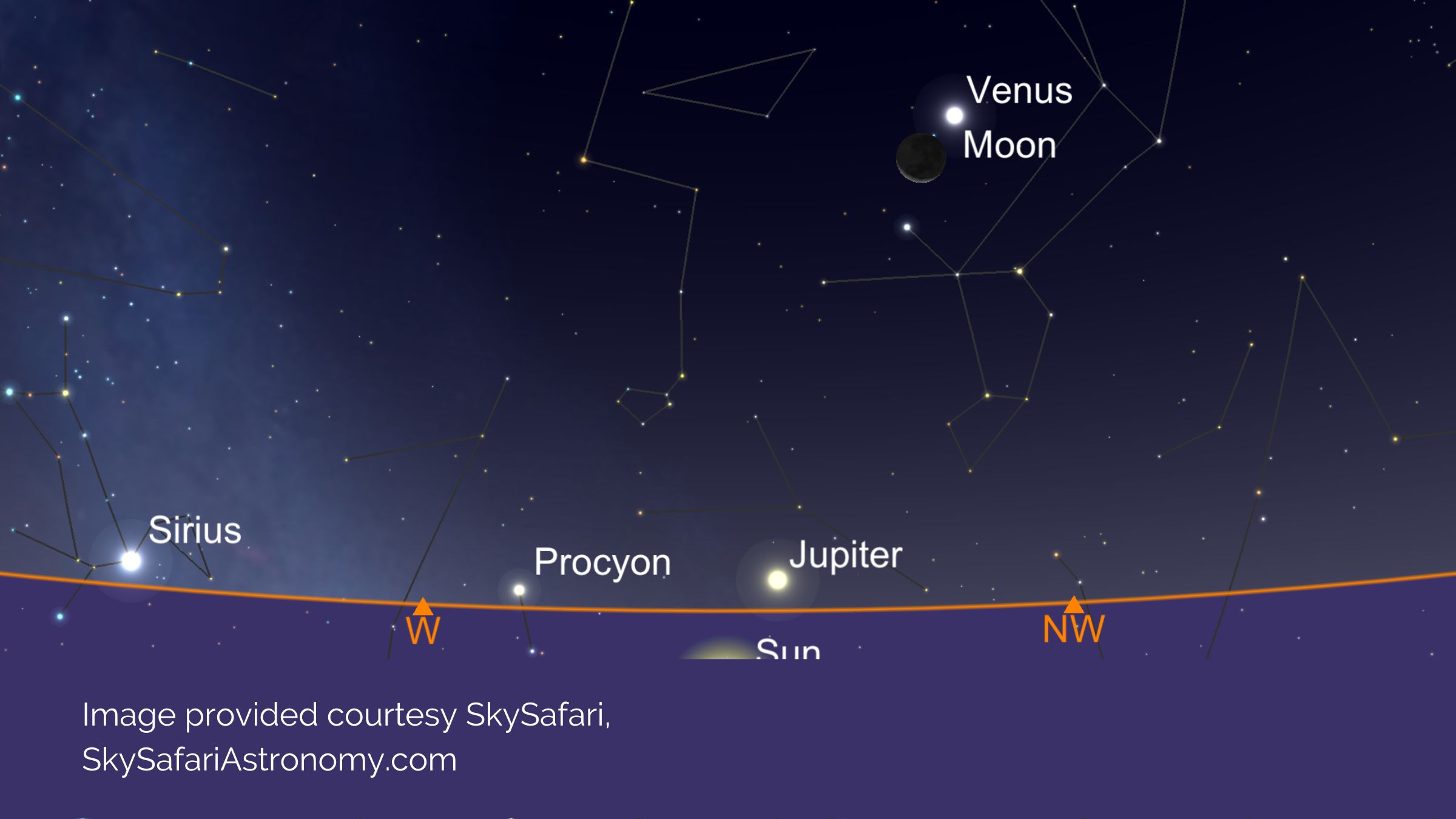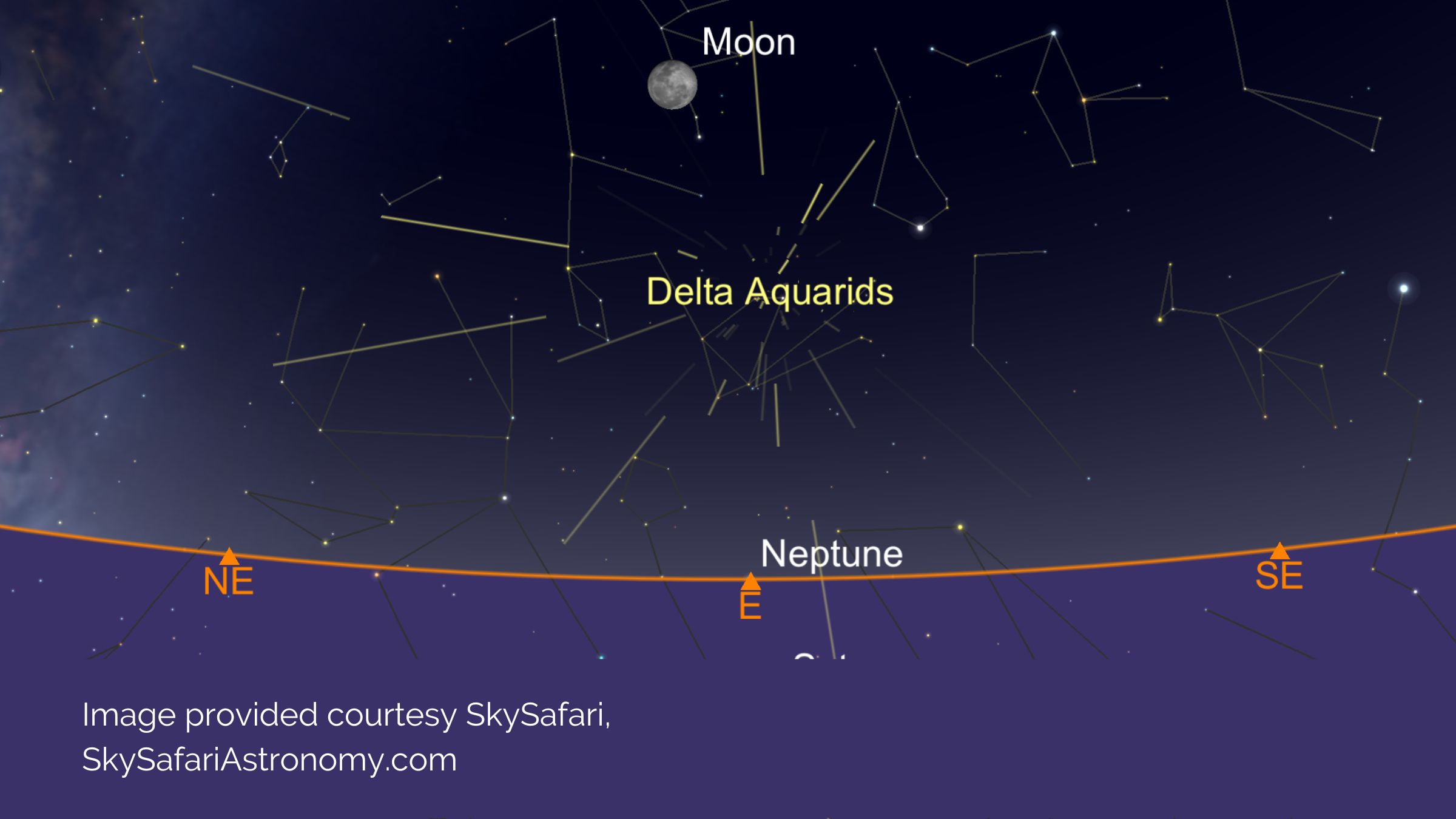Venus and the Moon | 17th July
The Moon and Venus make a stunning duo. If the weather is favourable, pack a picnic with family or friends and take some time to watch the sunset before seeing the thin crescent Moon and Venus make an appearance. If you have a view very low on the western horizon, you...
Southern delta-Aquarids Meteor Shower | 30th-31st July
The Southern delta-Aquarids Meteor Shower usually produces faint meteors, and observing meteor showers can already be tough at the best of times. Getting the best out of a meteor shower requires late nights, dark skies, a little luck, and lots of patience. The...
Noongar calendar six seasons: Makuru
Noongar people are the traditional owners of the south-west of Western Australia and have been for over 45,000 years. In the Noongar calendar, the months of June and July bring the season of Makuru. Mainstream education teaches the four seasons of Spring, Summer,...
Milky Way Season | April to October
Astrophotographers call the time of year between mid-autumn and mid-spring ‘Milky Way season’. This period gets its name because of how, in the southern hemisphere, it's the best time of year to see and photograph the Milky Way. When you look towards the centre, or...

Last Quarter
8 July

New Moon
14 July

First Quarter
21 July
Full Moon
29 July
Rises 5:18pm (AWST)





